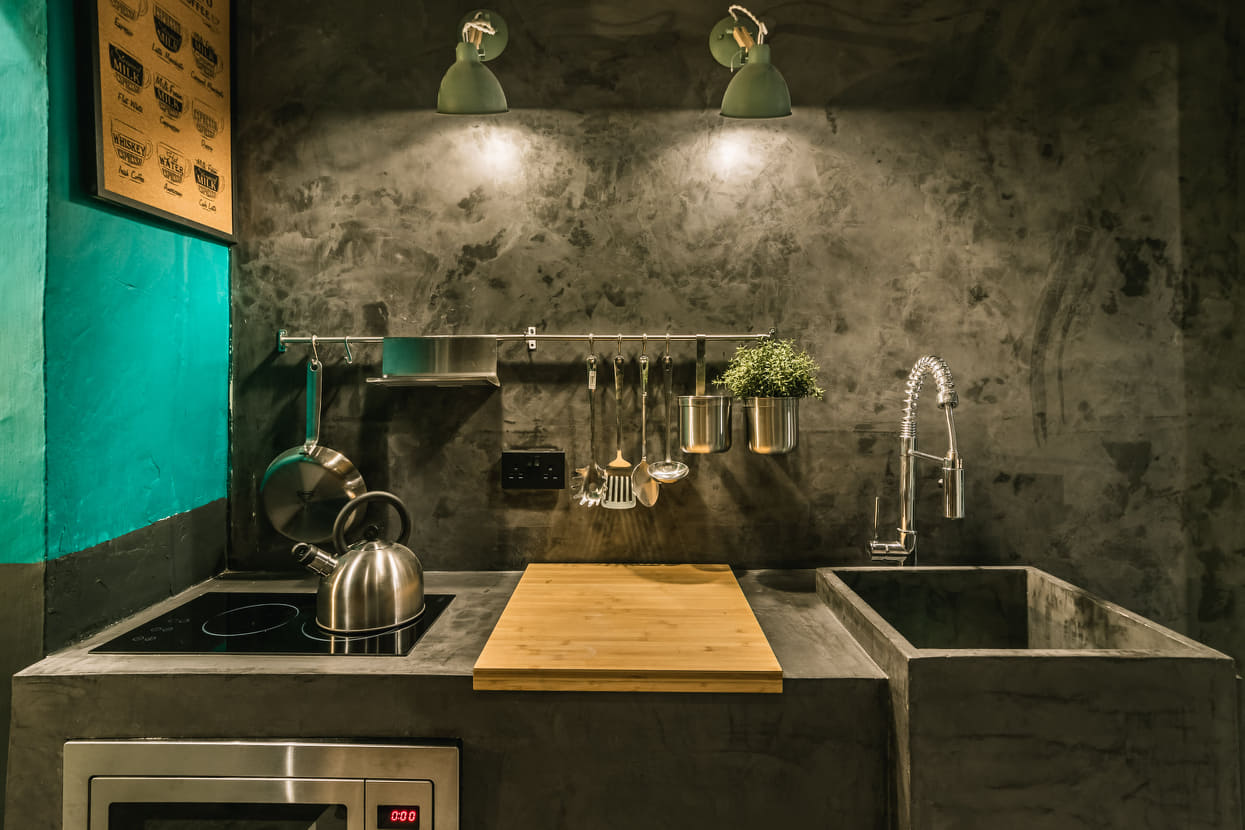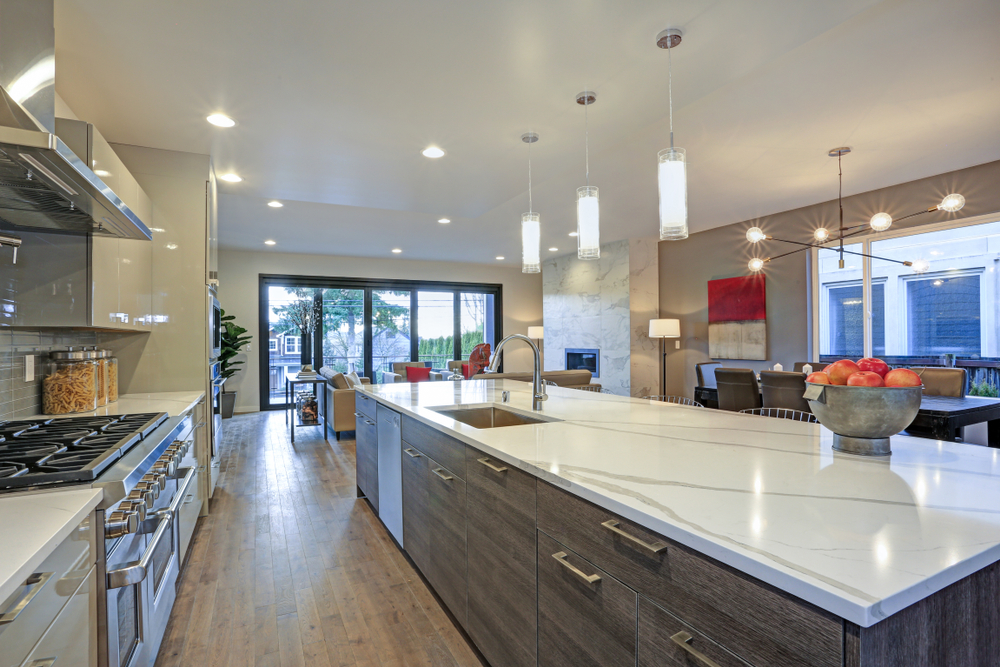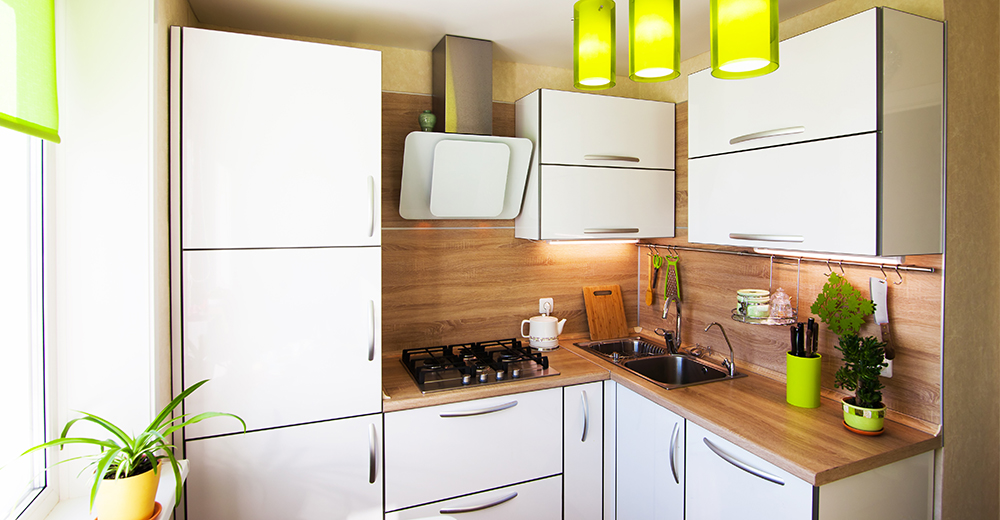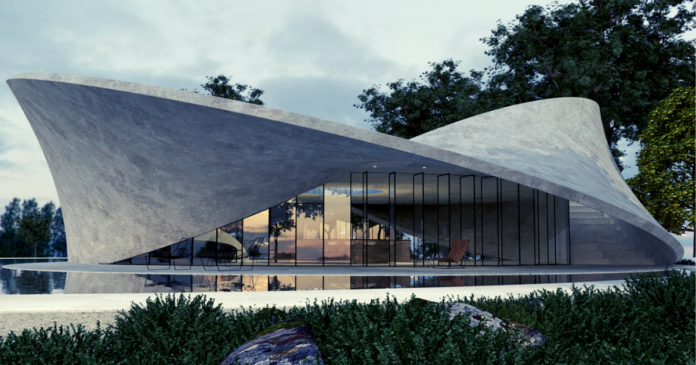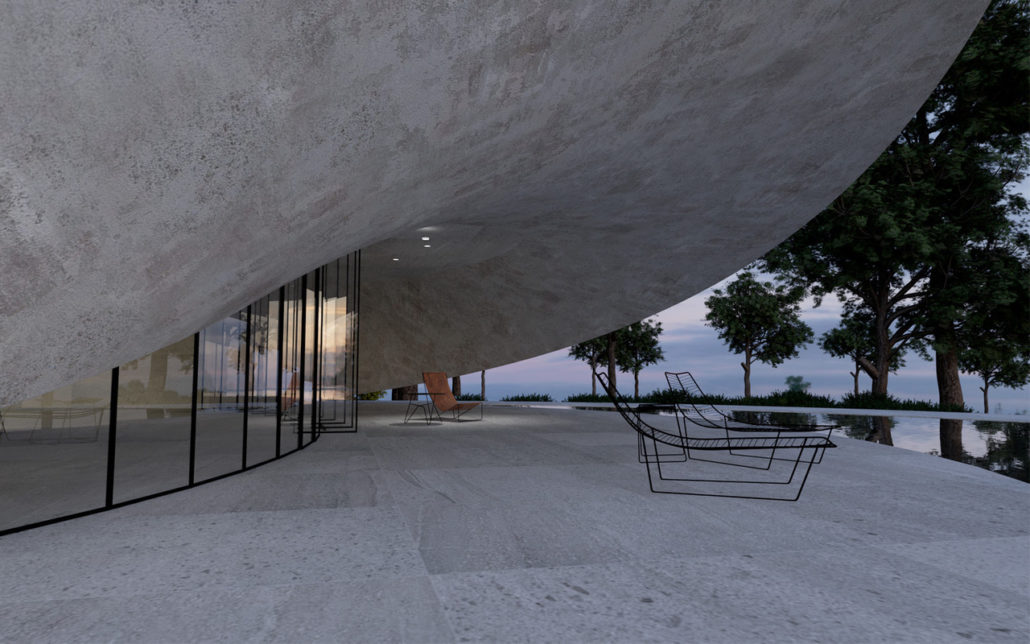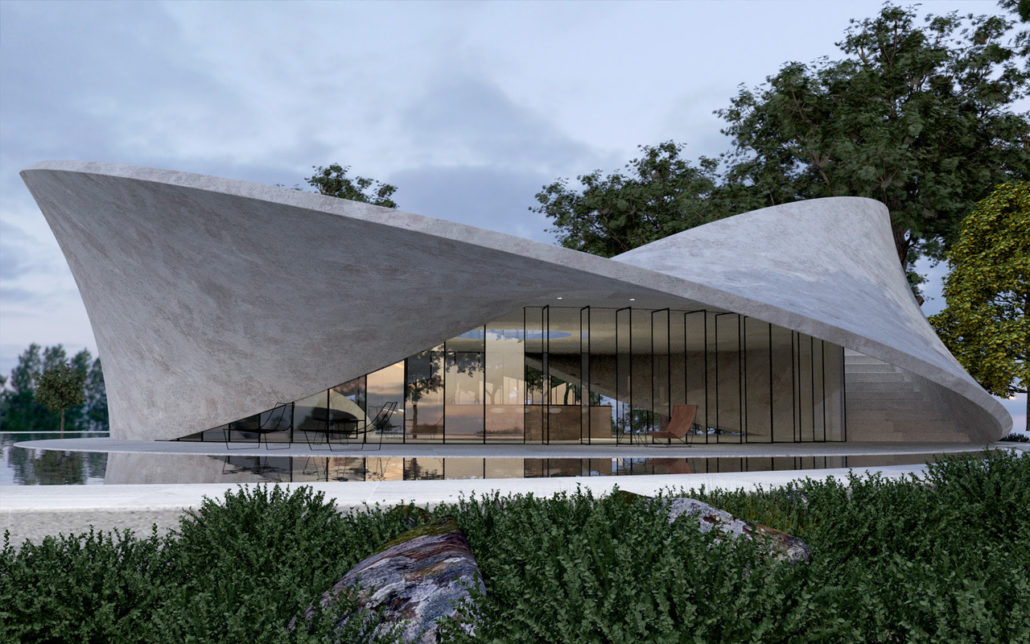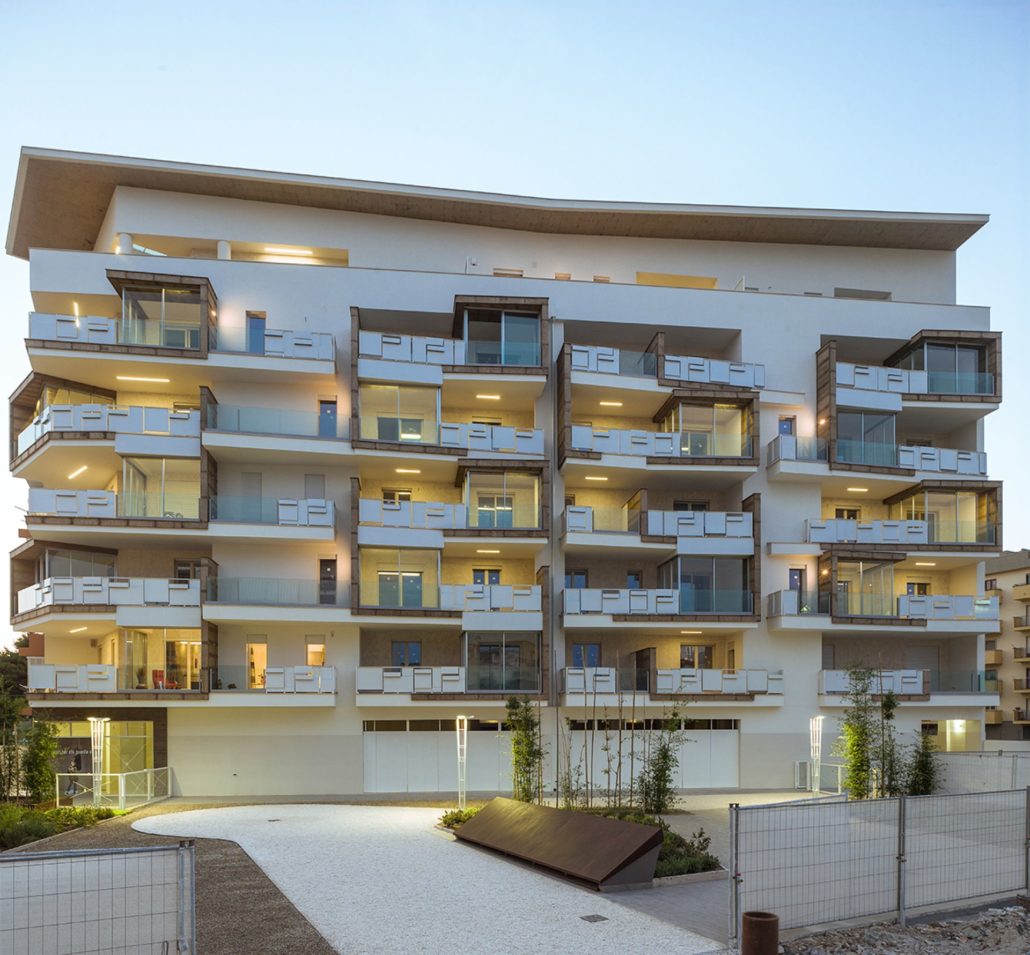Move over concrete?
Well.. not really. As in most scenarios, the answer may be a mix of both.
Hemp is one of the fastest growing plants and was one of the first plants to be spun into usable fiber 50,000 years ago, making hemp possibly one of the earliest plants to be cultivated. It can be refined into a variety of commercial items, including paper, textiles, clothing, biodegradable plastics, paint, insulation, biofuel, food, and animal feed.
Before concrete and steel dominated the European markets, wood was the go-to material for making livable, warm homes. But other natural materials such as hemp, cob and bamboo also declined simply because concrete was (and remains) so cheap to make. We live in a time when developers and city planners are looking at more than just costs when planning, but also at their impact on the environment, community and the future of whoever shares that space. With this in mind, Hemp’s unique attributes deserve attention.
Here’s some benefits:
- It has great energy efficiency.
- It maintains a steady temperature.
- It doesn’t shrink, so there are no crack lines.
- It is a breathable material.
- It provides a healthy environment.
- It’s very simple to use if you follow the process correctly.
- It gains in strength over time.
- It can also be applied by spraying or plastering
- It can be used seamlessly around the building to create an airtight layer
- It has the versatility to be used in floors and roofs
- It’s hygroscopic, so absorbs moisture and humidity within the building
Hemp + Lime = Hempcrete!
Hempcrete or hemplime is biocomposite material, a mixture of hemp hurds (shives) and lime, sand, or pozzolans, which is used as a material for construction and insulation. It is marketed under names like Hempcrete, Canobiote, Canosmose, and Isochanvre. Hempcrete is easier to work with than traditional lime mixes and acts as an insulator and moisture regulator. It lacks the brittleness of concrete and consequently does not need expansion joints. The result is a lightweight insulating material ideal for most climates as it combines insulation and thermal mass.
On the other hand…
Concrete still holds a clear advantage over hempcrete in construction in that it can be used to build load-bearing structures. However, this just means hempcrete would require a frame made out of a load-bearing material, such as wood, steel, or stone.
If you want to know more about Hemp’s advantages, check our article on why hemp is such a good alternative to concrete and steel.
1. Flat House
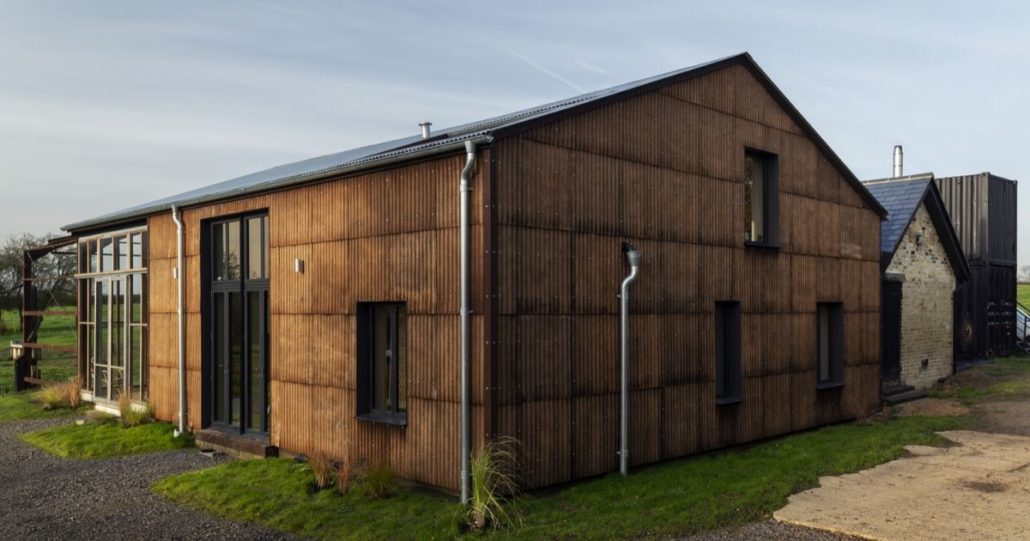
Constructed just last year, this three bedroom, 100.0 m² house is made completely out of hemp and flax seed. It was designed primarily to test out pre-fabricated sustainable hemp-based construction to be applied to larger scales of house-construction. Here’s what else ArchDaily had to say about it:
Working closely with engineers and material specialists we developed a prefabricated panel infilled with hemp grown on 20 acres of the farm. The elements were raised into place in just two days.
archdaily.com
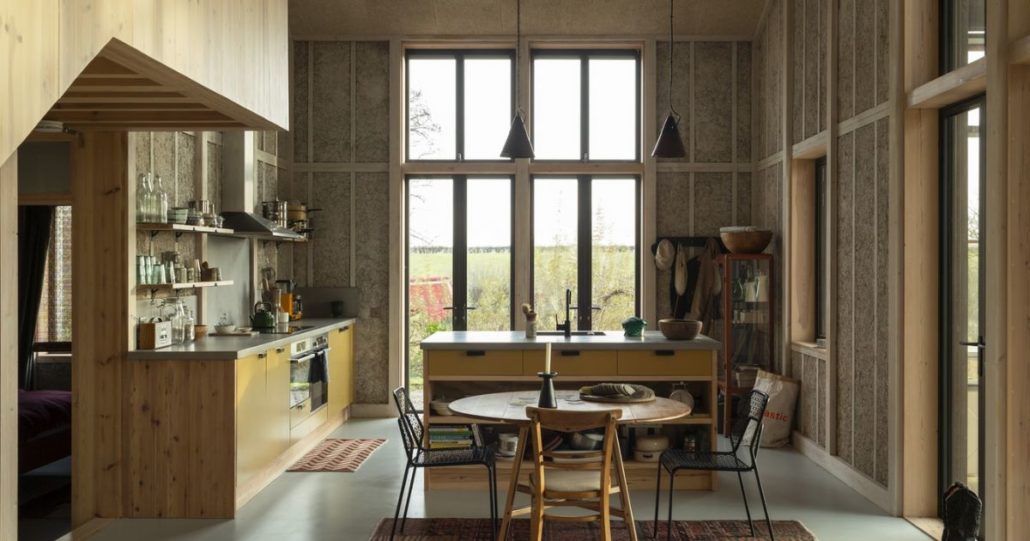
And just take a look at the interior! Stunning and practical, with tons of open space. Nothing different to your everyday house, apart from the fact that production isn’t harming the planet.
2. Hemp Tech Global Granny Flat
The granny-flat was designed by Hemp Tech Global to provide an affordable and sustainable alternative for retired folk. According to the website, the baby boomer generation don’t have enough funds saved to keep a traditional concrete built house going. Hemp houses are cheaper, and the perfect switch for those who want to retain as much of their savings as they can. And they’re beautifully designed too.
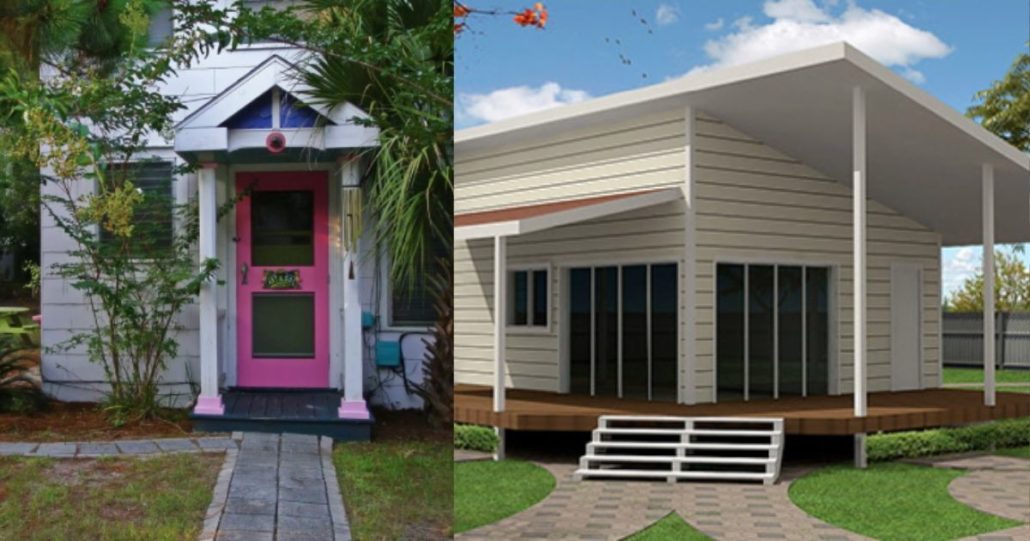
3. The $2 million Hemp House
This architectural masterpiece is also made from hemp. We’ve said before that hemp structures cost less than your average concrete and steel duo. But when they’re this extravagant and still sustainable, the price might go up a tad. A house like this is for people who want to live the life of luxury, yet keep the carbon foot-print at bay.
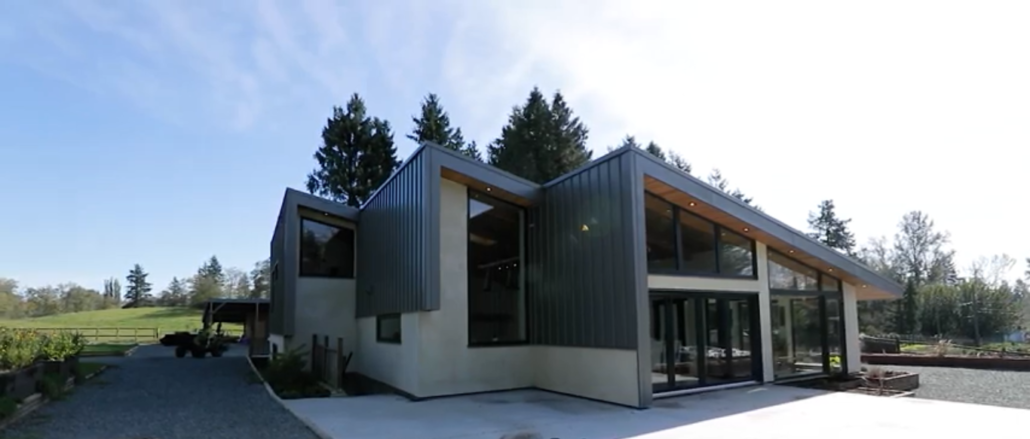
This house is situated in Canada on a dead-end road, sits on 5 acres, and the house itself is about 2400 square foot.
Check out this house tour giving you a sneak peak at the fantastic interiors.
4. The France 2024 Olympics Building
This one isn’t exactly built yet, but it’s definitely on the map. According to Architectural Digest, France declared that the building which will host the 2024 Summer Olympic games will be made entirely out of sustainable materials, including hemp.
“There is no reason that what is possible for the Olympics should not also be possible for ordinary buildings.”
Julien Denormandie
Announced by Julien Denormandie, the French minister for towns and housing, the push for more timber construction is part of a broader plan to make urban life in France more sustainable. Wood construction is already on the rise in places like Norway and Washington state, and France is following suit.
5. Hemp Cottage in County Down, Northern Ireland
This cottage was built for an 80-year old resident in 2008. This single-story structure is filled with natural light and was priced at £100,000 (or €114,580). The building’s main framework was built using locally sourced Douglas fir, the roof partially turfed and stuffed with 350mm of sheep wool insulation. One of the benefits of this house, especially for the 90-year-old retired resident, is the constant indoor temperature:
“Whatever the temperature is doing outside, the temperature inside stays exactly the same.”
Tom Woolley, Rachel Bevan Architects
One of the benefits of hempcrete is its impressive thermal performance. Secondly, it absorbs both sound and humidity, creating a sort-of cocooned yet breathable structure.
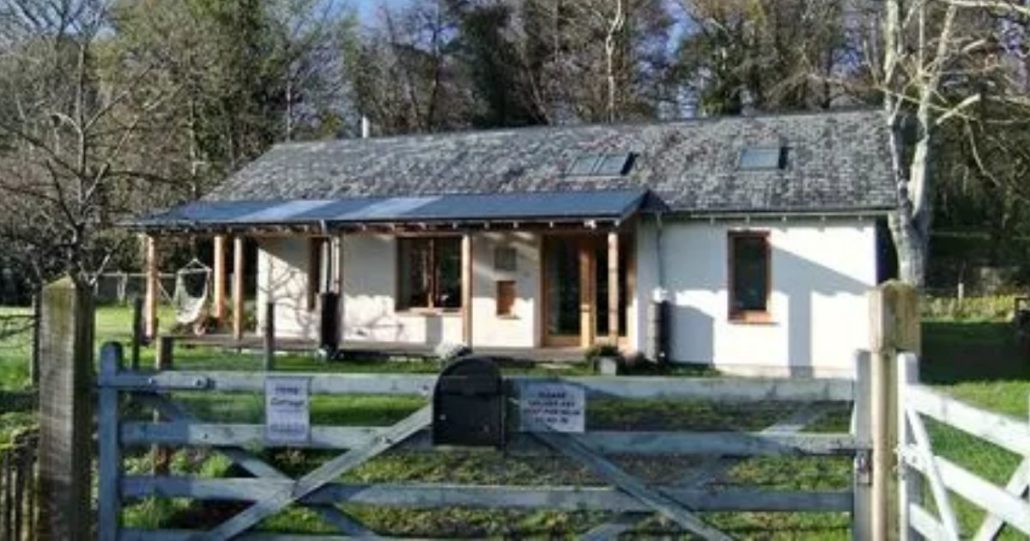
6. Mobius house by Antony Gibbons Design
A house with a minimalist futuristic look inspired by and named after the “Möbius strip”, made entirely out of hemp bricks reinforced with concrete.
Below, a description of the project taken from their page:
“Surrounded by nature, the elliptical house designed by Antony Gibbons Design represents a challenge to both mathematics and architecture. Inspired by the “Möbius strip”, in which the inner and outer surface of the volumes come together, it is made entirely of hempcrete, hemp bricks reinforced with concrete, a material that underlines its innovative and surprisingly light configuration. The seductive, sculptural, hypnotic house rests, for only a few metres, on the two ends of its elliptical layout, giving it a formal power made possible by the structure itself, which acts as a thin vault like a continual hyperboloid screen.”
7. Case di Luce
Case di Luce is part of a redevelopment plan for a suburban neighbourhood of Bisceglie, a coastal town in Italy’s Puglia region. After an environmental clean-up, Pedone Studio has designed an NZEB residential building using sustainable energy design solutions and without encroaching on new land.
The 42 apartments are distributed over five, above-ground floors plus an attic level where each home has an operable solar greenhouse designed to maximise daylight input in winter without compromising comfort in summer. This is possible because the building faces south-east and because the glazed sections and balconies on the different floors jut out at different angles, in turn, shading each other from the overhead summer sun. The project has also taken into account prevailing winds and includes solar panels.
The architects from Pedone Studio opted to use natural, eco-compatible materials to construct the building, and the facade in particular, including locally sourced, zero-mile tufa stone, in addition to limestone and hemp.
These solutions aim at guaranteeing adequate thermal and acoustic insulation using certified breathable and natural materials with low or zero Volatile Organic Compounds (VOC) for excellent protection of the health and well-being of residents. A choice that makes it possible to use a heat recovery air-treatment system to keep humidity levels constant for high indoor comfort.
We hope you found this article insightful.
By the way..
We also wrote an article some time ago on whether Malta should switch to constructing buildings with cross-laminated timber (engineered wood). If you’re interested in finding out more about this, click here.

